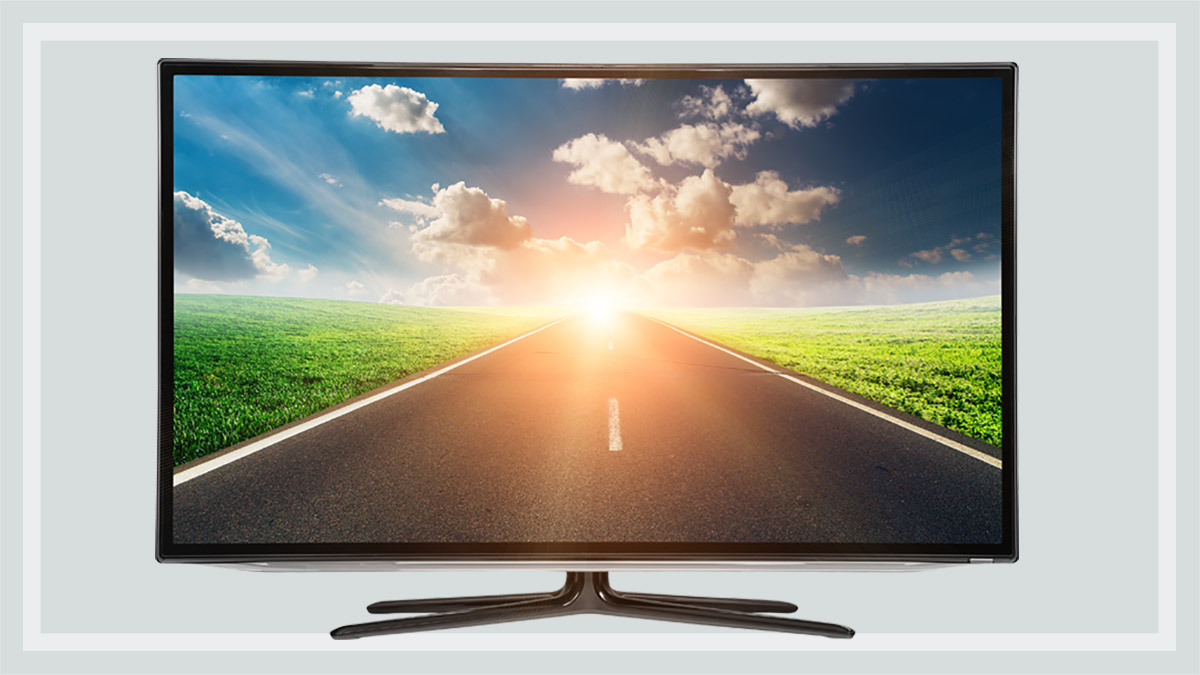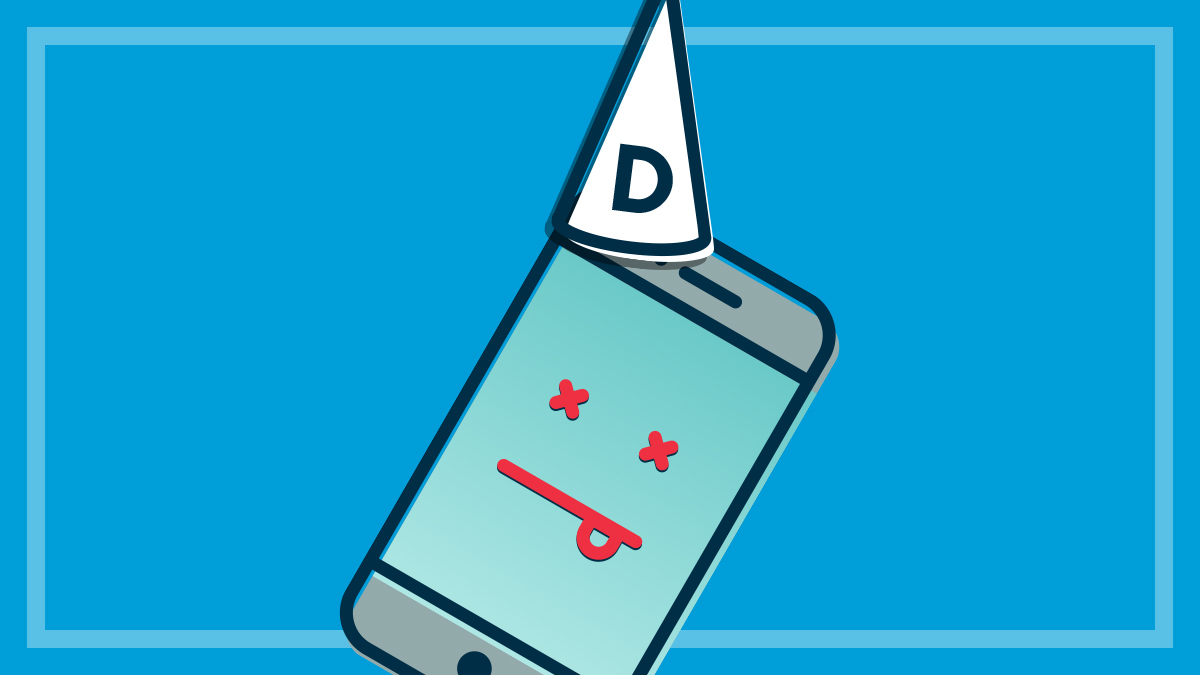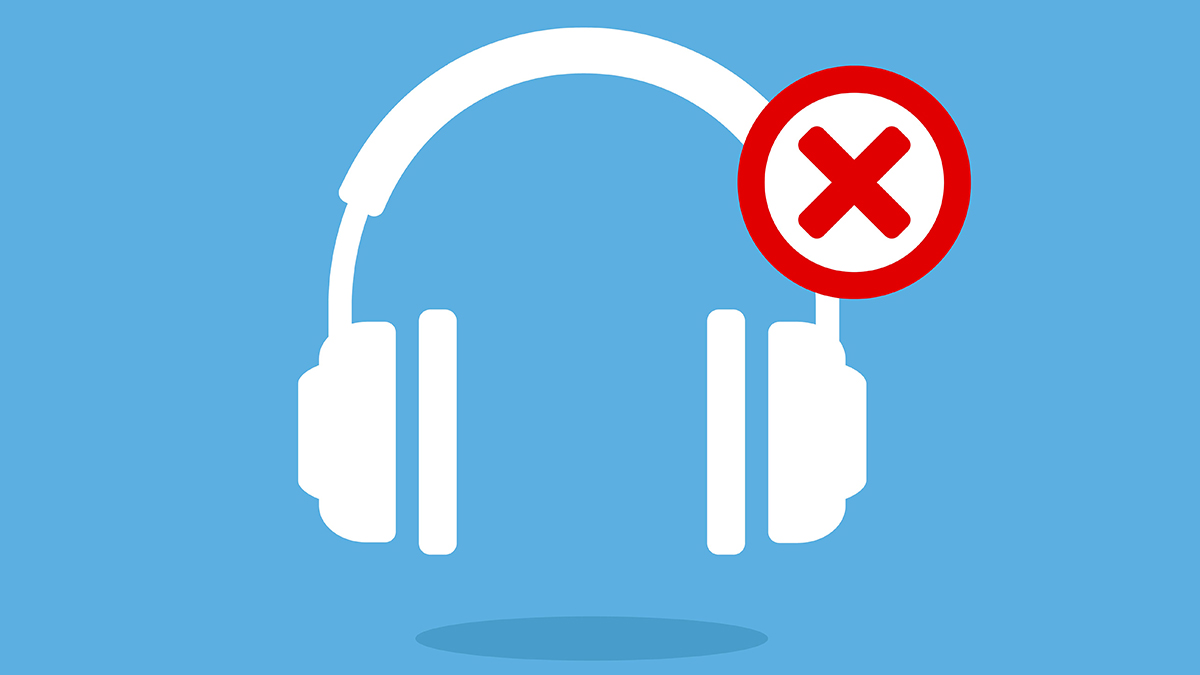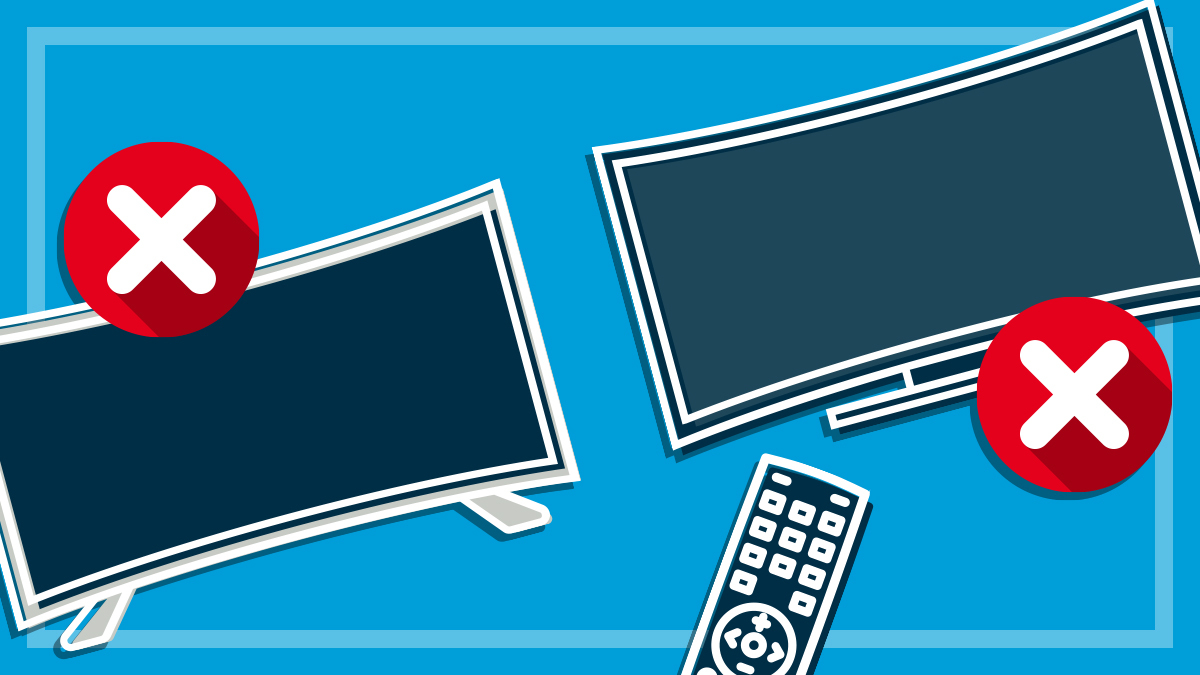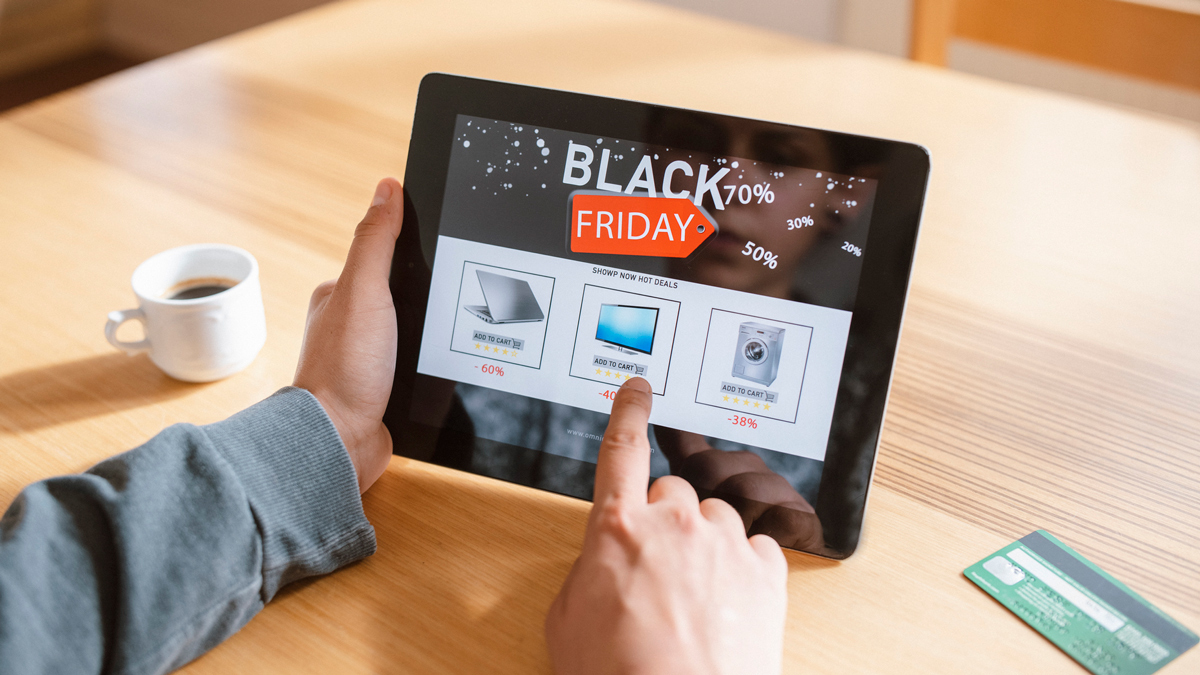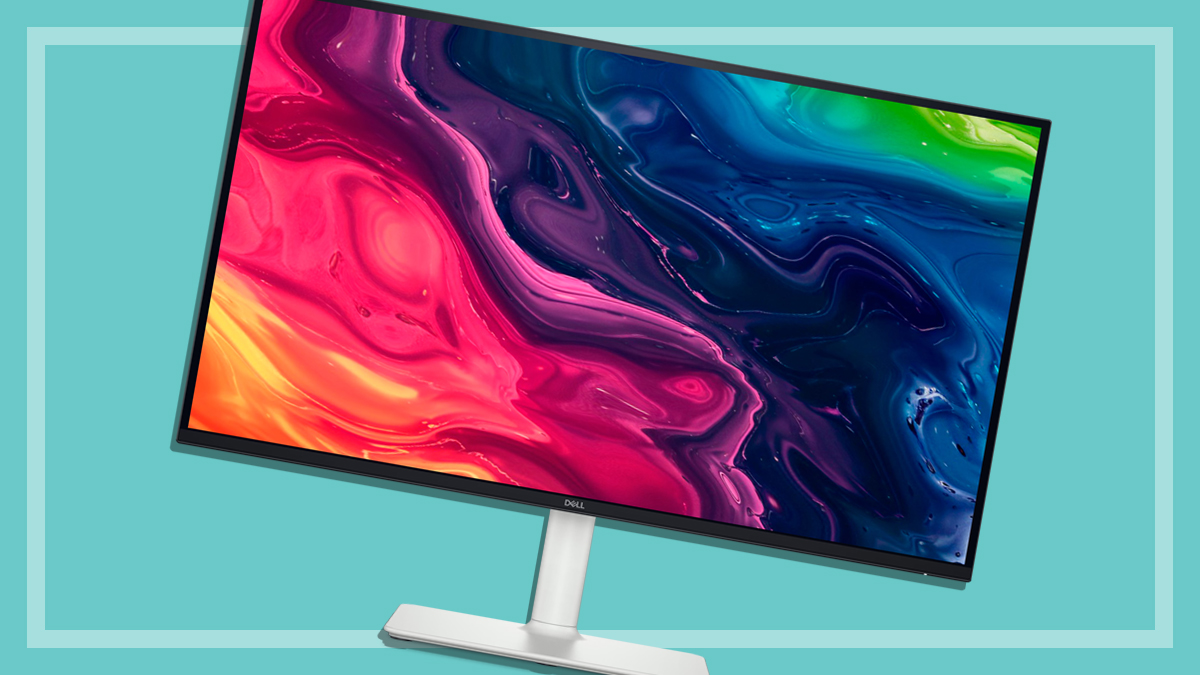Get our independent lab tests, expert reviews and honest advice.
CHOICE goes to the Consumer Electronics Show
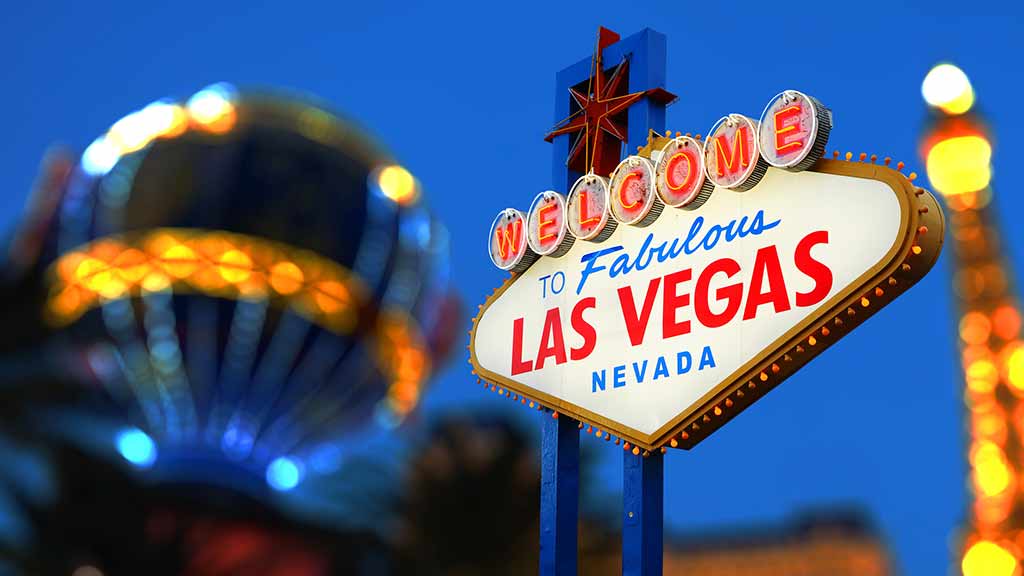
CHOICE has jumped across the pond to the annual Consumer Electronics Show, aka CES, in Las Vegas to get a look at all the new and exciting tech coming out in 2018. We’ve spent two days in press conferences, gathering all the big announcements from major brands including LG, Samsung, Panasonic and more.
On this page:
Unfortunately, there’s no information on Australian release dates and prices unless specified, as these announcements were mostly US-centric.
LG
LG came out hard in the artificial intelligence space, officially launching their ThinQ AI system that will be included in all future LG products. An open system, it’s designed to work with third-party Internet of Thing (IoT) enabled devices and Google Assistant to allow full voice control over ThinQ-enabled devices. Over time, ThinQ devices can learn about your habits and essentially become automated e.g. your smart heater will learn your preferred temperatures at certain times, then automatically set them. (Of course, you can always override these manually.)
LG also showcased how 2018 ThinQ-enabled products can be integrated into everyday life. A smart fridge with a 29-inch display, for example, could be used to search for recipes online. Once a recipe is selected, the fridge sends the temperature details to the oven so it automatically preheats. Or, you can tell the washing machine that you’re going to the gym at 11am, and it will automatically set the appropriate cycle to ensure your clothes are dry and ready in time for your workout.
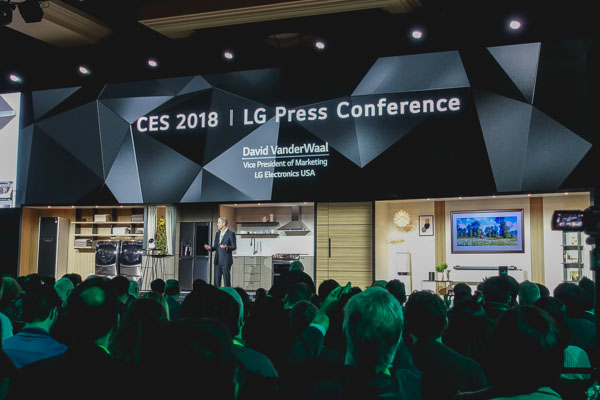
These features are also built into their 2018 range of TVs, essentially turning your set into a smart home control centre, which is handy when you want to dim the lights before watching a movie. Plus, as a preventative measure, ThinQ looks for faults in your home systems to identify problems before they become serious, which is a growing feature in all smart home tech.
You can also pick up a robot assistant called CLOi, which basically accepts voice commands and notifies you when smart devices have finished processes, such as a wash cycle.
Though CLOi had a few problems identifying commands, everything worked seamlessly, showcasing how automation can make running a home much easier. By integrating Google, LG has expanded the product capabilities tenfold, as these machines are now capable of answering questions and making suggestions you haven’t even thought of. Having your fridge suggest you cook a chicken dish for dinner since the meat is about to expire is just one example of how ThinQ smart tech takes the next step beyond user-controlled automation.
LG also dropped their range of 2018 TVs, including four new OLED models (W8, B8, E8 and C8) ranging from 55 to 77 inches, and three super UHD systems. These include the new Alpha 9 intelligent processor that improves image processing by 50 percent, which basically equates to a better picture.
All models support 4K Cinema HD, Dolby Vision, HDR10, HGL Pro and Dolby Atmos Audio. Better nano cell displays with IPS panels improve viewing quality from extreme angles as well. Their new object-based enhancer can also identify important/prominent points in the image, improving depth and sharpness as opposed to just sharpening edges across the board.
Panasonic
Panasonic consumer tech announcements flew thick and fast, leading to a lot of new products that were pretty light on detail. Two new OLED TV ranges – the FZ950 and FZ800 – appeared, with most models supporting 4K and HDR10+. Speakers are integrated into the pedestal which may impact your ability to install a third-party soundbar in your home hi-fi system.
They also released their entry into the smart speaker market, the Google Assistant-powered GA10, alongside two UHD Blu-ray players, also with Alexa and Google Assistant integration for hands-free control. The Technics SL1200 revival is continuing with two new turntables, the SP-10R and SL1000R, though these are reference systems.
The Lumix GH5S camera will also be released soon, continuing the heavy emphasis on video production that the GH range is known for. Panasonic pointed towards low-light performance and its ability to shoot 4K video in 60 frames per second. Two camcorders to suit everyday users – the VXF1 and VX1 – were also announced, but again specific details were scant.
Finally, Panasonic demonstrated partnerships with Alexa and Google Assistant in their car tech. This was basically what you’d come to expect from smart speaker commands, but in a car. However, Alexa did have an interesting offline feature that allows you to control functions in the vehicle without an internet connection, such as temperature control and song selection.
Hisense
Hisense has thrown its hat into the OLED ring, adding to its existing 4K ULED range in Australia. The latter will be expanded to improve picture quality, with 1000 zone local dimming, quantum dot and UHD colour technologies and smooth motion. The 1000 zone dimming divides the panel into 1000 different zones that can be dimmed and brightened independently of one another to improve contrast and detail in shadows. This will only be available in select models, though the top-of-the-line H10E model boasts both the 1000 zone dimming feature and a massive 75-inch screen.
In addition, Hisense’s smart TV platform will be upgraded to improve general response and boot speeds. It’s also releasing a virtual remote app for iOS and Android which will connect to TVs running the new system.
Samsung
In the same vein as LG, Samsung spent most of the time showing off the abilities of connected devices, though their roadmap seemed much longer. By 2020, Samsung devices will reportedly be intelligent, with IoT support in the Cloud to allow communication inside and away from the home. Yet this seems to be something LG is likely to achieve in the next 12 months, which may give them the leg-up in this competitive field.
Bixby, Samsung’s proprietary alternative to Google Assistant and Alexa, is coming to TVs in the US (no mention of Australia). This opens up the possibility of using the TV as your smart-home hub, issuing commands to IoT devices on your system using voice commands. This already kind of existed in Samsung’s Family Hub fridge, which has an inbuilt screen that communicates with IoT devices, but has now been extended to TVs.
What’s impressive about Bixby is the instant response time. If you’re watching your favourite show when the doorbell rings, you can ask your TV to open the front door security camera to see who’s there. The transition appears to be flawless. It also allows immediate login to entertainment apps and can learn your habits too.
The TVs used to showcase this AI tech were very impressive, and included an 8K QLED and a 146-inch monster appropriately called The Wall. The Wall is also the first TV to use MicroLED technology, which is typically reserved for cinemas. Samsung didn’t specify the benefits outside of better colour, perfect blacks and that it’s “a TV that solved the problems of OLED” (though they failed to explain what those problems were). But MicroLED is modular, which means you can reconfigure your TV to present a bigger, smaller, wider, thinner etc image to your liking.
Smartwatches are also expanding. The Gear S3 and Gear Sport will receive the IoT updates, meaning you can control other devices from your wrist, though again details were light. Two new devices were also launched – the Notebook 9 Pen, an ultra-slim two-in-one PC with a durable design that’s ideal for working on the go, and the Samsung Flip, a novel workplace item that’s basically a giant tablet that works as a whiteboard, replacing those terrible smart boards that never seem to work properly.
Sony
What’s that, more TVs? Absolutely! Sony rolled out the new X9000F and X85F 4K HDR LCD range, which features a fancy new X1 chip that essentially boosts colour quality, contrast and adds full-array lighting. While the series doesn’t include the acoustic surface feature found on Sony’s OLED TVs, which reverberates audio from the surface of the TV to improve quality and “feel”, it makes up for it in sheer size. The top-end X9000F is a whopping 85-inches of 4K goodness and the X1 chip packs a lot of punch.
Existing OLED TVs with acoustic surfaces have also been updated, though the old models won’t go off the market. The key difference in this market is the stand. Older models have a kickstand that takes up a lot of room and causes the TV to lean at about five degrees. Sony’s new A8F OLED models use a traditional, vertical base that takes up less room and can be mounted using a standard TV bracket without impacting acoustic surface.
However, it was the X1 Ultimate processor that truly shined as a proof of concept model demonstrated vibrant 8K HDR video running flawlessly on a gigantic screen. This isn’t rolling into production anytime soon, but the product is there and it appears to work.
Speakers were also in the spotlight. Sony launched the world’s first 3.1-channel soundbar with Dolby Atmos, which has a funky feature that projects audio towards the wall behind it so that it bounces around and fills the room with sound or “the appearance of height” (available in May). Though this worked in practice, the audio wasn’t overly amazing compared to a dedicated system and even felt a bit tinny and too punchy without warmth. You wouldn’t call it surround sound. Also, Sony’s answer to smart speakers was revealed, which supports Alexa, Google Assistant as well as Sony’s proprietary option.
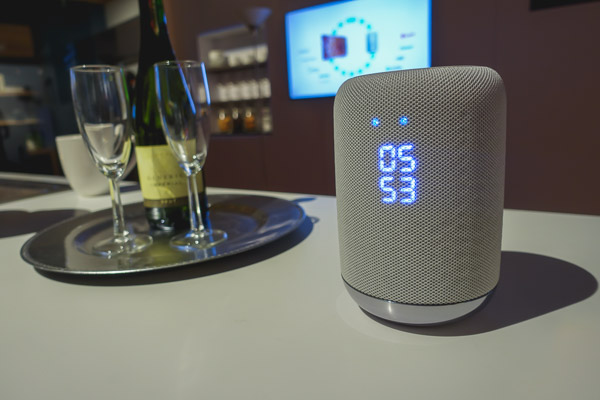
A new vertical projector, the LSPXA1, was unveiled and did a great job of displaying content in 4K. However, its audio was the most impressive part, as the large white box that held the projector also included middle speakers, a sub, and four glass vertical cylinders that sat around the outside and performed as tweeters. Again, no comparison to a proper 5.1 set-up, but it sounded great in its own right. The box, however, is huge. Really huge.
Finally, a few Bluetooth sports headphones were announced (available in May) while the new Xperia smartphone series – XA2, XA2 Ultra and L2 – were briefly mentioned. Plus, Aibo the robot dog made its return! This was basically an excuse for Sony to get all cutesy with their AI-and IoT-enabled robo-pooch, but damn did it work. That thing is adorable.

